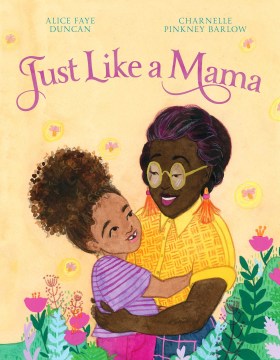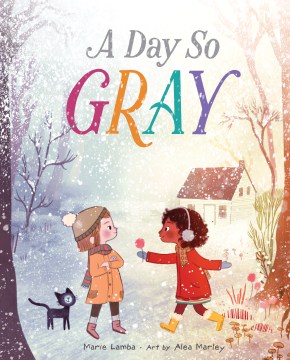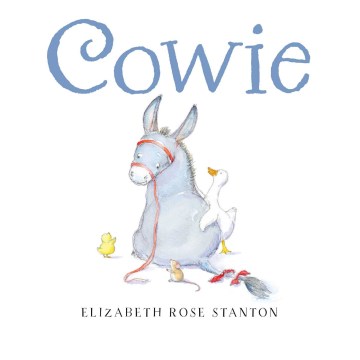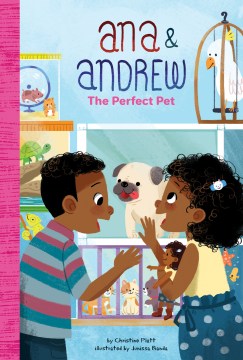Mindy Kim is a 7 1/2 year old who has just moved to Florida from California with her dad, months after her mother died. Mindy is worried about starting a new school. “My old school had kids of many different colors. But here, no one looked like me.” ( 5) Her new teacher does not know how to pronounce her Korean name Min-jung and asks, ” ‘ Do you have an English name?’ ” (10) At lunchtime, the other students have never seen a Korean lunch and laugh. After school is better, when she goes to Eunice’s (Unni) house because Unni has a dog. Mindy wants a dog of her own so much.
Mindy’s second day of school is better because she has made some goals for herself, just like dad does. First, Mindy asks Sally if she can eat lunch at her table. That worked. Sally is interested in Mindy’s seaweed snack and soon has everyone at the table wanting to try it, too. Sally gives Mindy the idea of trading food for the seaweed. Then Mindy gets so many snacks she can’t eat them all. Then, Sally suggests she sell the seaweed snacks to the other students. Mindy’s seaweed snack business is taking off. She wants to use the money she earns to get a puppy. A puppy would help dad feel better, too, because he is still sad over mom’s death, like Mindy. Another student tells on Mindy for selling the snacks which is against the school rules. When the principal gets involved, Mindy and Sally become upset with each other for their part in the rule breaking. Principal involved means parents get notified, and Mindy’s not having a mother comes up again. Dad takes it all in stride and helps Mindy apologize to Sally. Later, when everything has settled down, dad has a special celebration for Mindy for making it through her first good week at her new school.
This book of 77 pages has short four to six page chapters with one black and white illustration per chapter. There is just the right amount of Korean cultural differences included to make Korean students feel recognized and non-Korean students to say, “Wow”, I never new that, “That’s cool.”





